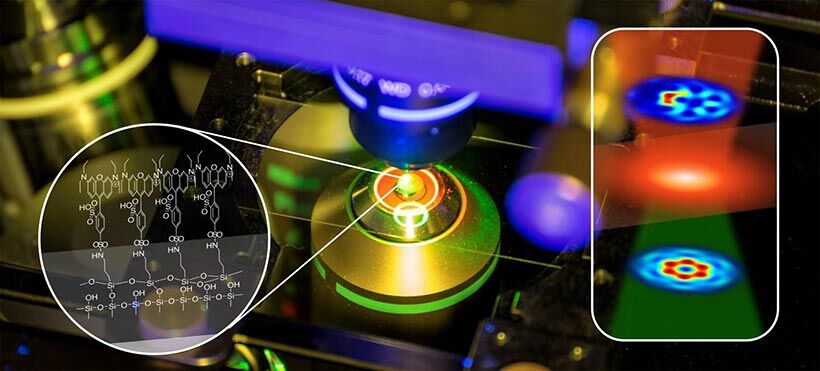Selecting the Right Nano Measurement Technology

As new advancements in technology are continually developed, there is an increasing demand in the dimensional inspection industry to measure objects at the nanoscale. For example, equipment with the ability to inspect an object and deliver results in nanometers is necessary to monitor quality for products requiring micro manufacturing such as silicon photonic devices, orthodontic brackets, tapered variable helical root canal files, stents, or jeweled bearings. Similarly, nano measurements are often used in determining surface roughness characteristics in two and three dimensions in a broad range of products and industries.
For many applications, time is of the essence, so in addition to the ability to accurately measure small objects or surface characteristics at the nanoscale, doing so quickly is also important. On the other hand, some applications require a high degree of accuracy, which demands metrology equipment that can deliver an extremely high resolution. In addition to speed and resolution, the surface characteristics of the sample must also be considered.
TECHNOLOGIES EMPLOYED IN NANO MEASUREMENT
Nanoscience first emerged in the middle of the 20th century and has been developing rapidly since that time. A nanometer (nm) is equivalent to 10-9 m, or one billionth of a meter; nanometrology is the science of measurement at the nanoscale. Because the scale is so small, nanometrology requires specialized technology to produce consistently reliable and accurate measurements.
TECHNOLOGIES DEVELOPED FOR NANO MEASUREMENTS:
- Contact Sensors
- Triangulation
- White Light Interferometry
- Chromatic Confocal Focus Sensors
- Confocal Microscopes
FACTORS TO CONSIDER WHEN SELECTING EQUIPMENT
Although the technologies exist to develop new products with features at the nanoscale, measurement devices have struggled to keep up. This means that even though you can conceivably produce an item with certain specifications, you cannot necessarily take sufficiently accurate measurements to verify those specs.
SURFACE CHARACTERISTICS
Is the object reflective, extremely rough, translucent, or soft? Each type of nano measurement technology brings its own strengths and weaknesses to different types of surface characteristics.
OBJECT SIZE
Many types of nanometrology devices present limitations on the size of the sample that will fit inside the measurement envelope.
OBJECT GEOMETRY
Although nano measurement technology can be used with objects with many different types of geometry, there are still factors that play a role in determining which type of device to use.
ACCURACY
Knowing the degree of accuracy required for your application is important. For example, if you need measurements to be accurate within a few nanometers, you might require different equipment than you would if you needed accuracy within tens or hundreds of nanometers.
SPEED
In general, speed is related to the accuracy, so if you do need a high degree of accuracy, the job will likely take longer. Non-contact systems are typically much faster than contact stylus systems.
COST
Every business operates within a budget. Higher accuracy and speed generally come with a higher price tag, so carefully consider your needs before making an investment.
If you do not have expertise in nano measurement, work with a qualified professional to help you select the right equipment for your application.




